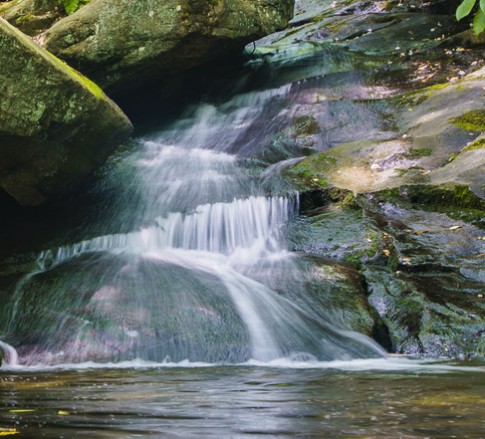Regulating for a Desert
February 7, 2017
By: Blair M. Gardner
I have written previously (“Deciding Who Will Decide” January 18) about the complicated developments in the litigation over the “waters of the United States” rule (WOTUS) rule promulgated by the Corps of Engineers and EPA in 2015. The Sixth Circuit granted a motion by one of the parties in the case, the National Association of Manufacturers, on January 25 to suspend the litigation over the rule until the U.S. Supreme Court can decide whether the appeals court actually has jurisdiction. Regardless of which federal court, district or circuit, the Supreme Court ultimately finds has jurisdiction to hear the challenge, the controversy over what is a jurisdictional water will not soon recede – if ever.
The principal reason can be found in the Justice Department brief filed on behalf of the Corps and EPA in the Sixth Circuit on January 13. In its brief of 246 pages, the DOJ addresses 11 issues raised in the 22 cases consolidated before the court. It attempts to defend every aspect of the agencies’ rule, and it does so thoroughly and professionally. In reading it, however, especially in its defense of those features which are most remote from anything resembling a flowing stream, one understands why the rule so severely overreaches.
The rule, and DOJ’s brief in defense of it, attempts to justify the “nexus” test described by Justice Anthony Kennedy in the 2006 Rapanos case. Justice Kennedy joined with the plurality opinion which denied the Corps’ jurisdiction, but only because the Corps had not shown what he described as the “nexus” between the property and traditionally navigable waters. He then described those criteria which, if demonstrated and significant, would establish the nexus.
Justice Kennedy is a native of California and someone who acutely understands the importance of water and the protection of the property rights in water in that state and much of the arid Western United States. It is for this reason that he acknowledged the inclusion of ephemeral and intermittent streams within the jurisdiction of the Clean Water Act if their importance can be demonstrated under the criteria he laid out in his opinion. As the nation has witnessed this winter, water from the snow and rain which has blanketed much of California is now being delivered to its coastal cities. It will continue to be delivered though the spring and early summer as the snow melts. Afterwards, the ephemeral streams will revert to dry creek-beds until the next seasonal rains. Thus, for an arid region the inclusion of ephemeral streams, as described in Kennedy’s opinion and the agency rule, makes sense.
What does not make sense is the application of the same standard for the half of the continental United States drained by the Mississippi and Ohio Rivers. The land in this part of the country, especially in higher elevations in mountainous region from New England to Northern Alabama and Georgia, is covered with drainages which act as ephemeral streams. These drainages do not act hydrologically to carry the significant volumes of water that are transported in the Western U.S. Nevertheless, virtually every example provided in DOJ’s brief in defense of the rule’s reach to minor streams is done with reference to the arid West. Whether or not intended, the DOJ brief illustrates how over-inclusive in its scope the rule is.
EPA and the Corps were unconstrained in how they might have approached the issue of a definition of “waters of the United States”. A regional or watershed approach would have been arguably permissible. It undoubtedly would be more precise than the present attempt to impose a nationwide standard across climactic and hydraulic regions which bear no resemblance to one another. If environmental protection was truly the purpose of the rule (and other motives have been suggested), the agencies have failed. The controversy will continue long after the Supreme Court considers the pending jurisdictional issue over which courts will hear disputes.
The article was authored by Blair M. Gardner, Jackson Kelly PLLC.



